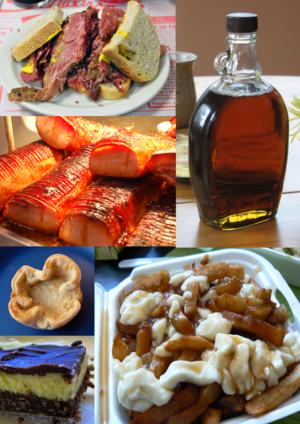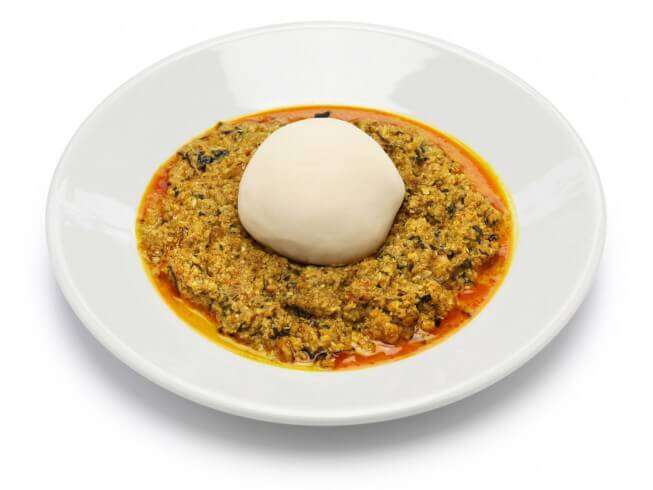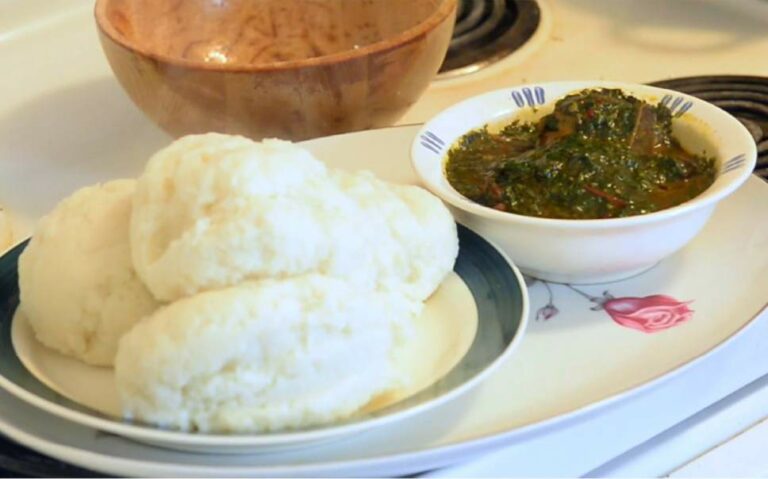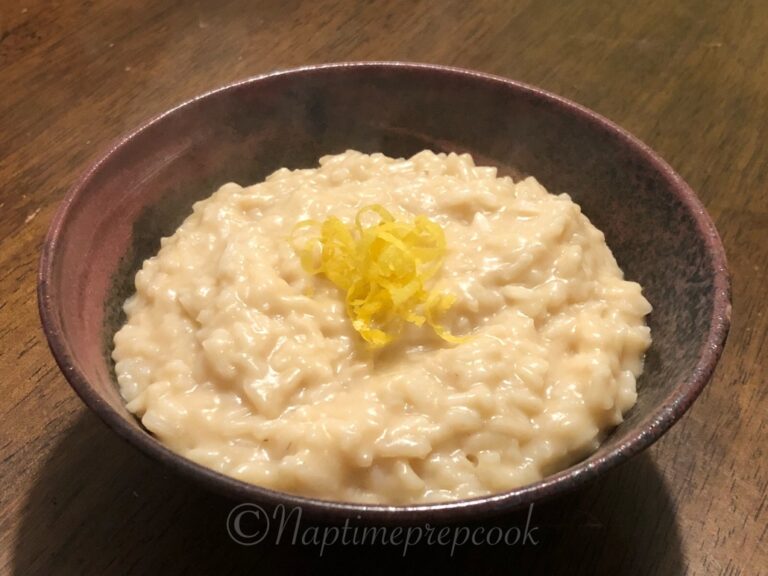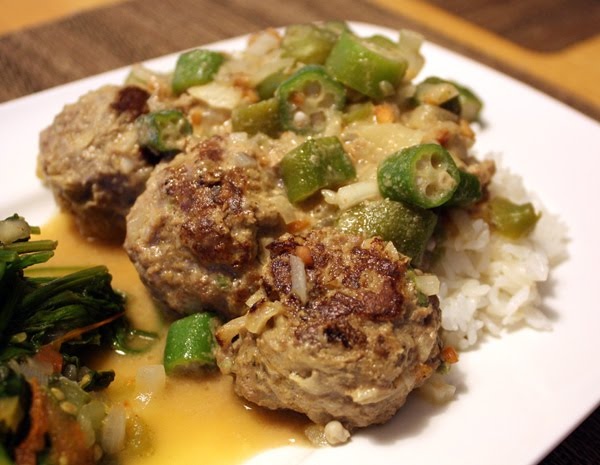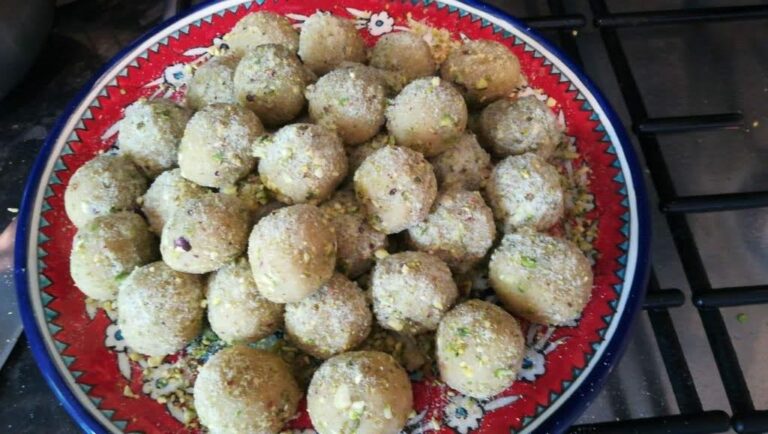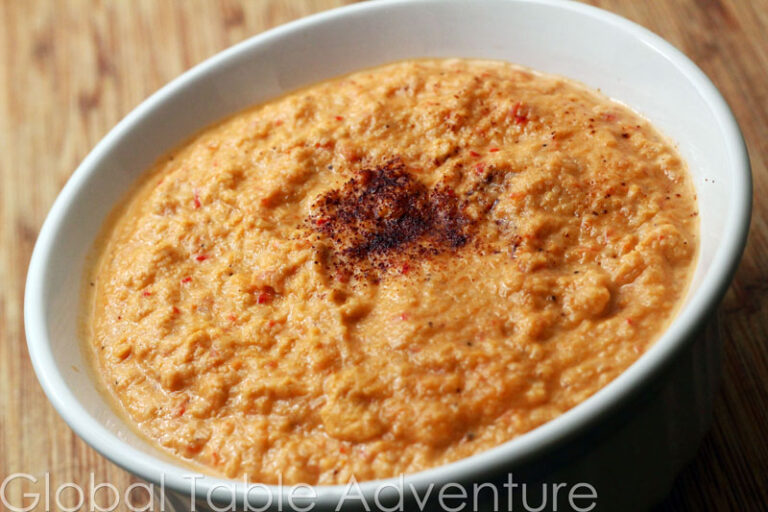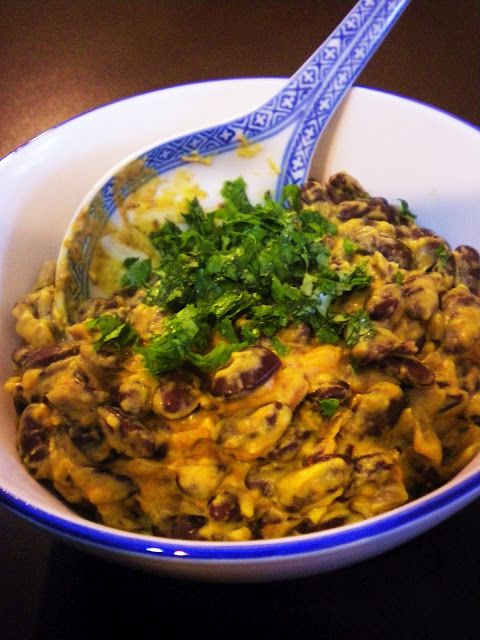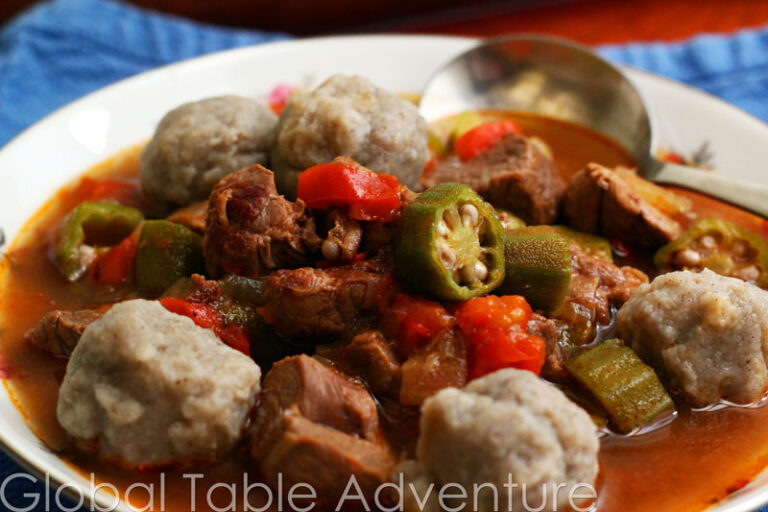Introduction: Canadian Snack Culture
Canada is a country that is well known for its stunning landscapes, cultural diversity, and friendly people. However, one of the lesser-known aspects of Canadian culture is its delicious snacks and appetizers. Canadian snacks are not only tasty but also diverse. From savory to sweet and everything in between, Canadians have a penchant for delicious, hearty snacks. In this article, we explore some of the traditional snacks and appetizers that are popular in Canada.
Beaver Tails: A Canadian Classic
Beaver Tails are a Canadian classic that originated in Ottawa in the 1970s. They are a fried pastry that is shaped like a beaver’s tail and topped with a variety of sweet toppings such as cinnamon and sugar, Nutella, or maple syrup. The dough is made from whole wheat flour, and the pastry is fried until it is crispy on the outside and soft on the inside. This classic Canadian snack has become so popular that you can find Beaver Tail stands all over the country, especially in tourist areas.
Poutine: A Savory Delight
Poutine is a dish that originated in Quebec, Canada. It is made up of French fries, cheese curds, and gravy. It is a savory delight that is beloved by many Canadians. The dish is thought to have originated in the late 1950s when a customer at a restaurant in Quebec asked the chef to add cheese curds to his fries and gravy. Since then, poutine has become a staple in Canadian cuisine. You can find it at most fast-food chains and restaurants across the country. It has even become a popular dish at many Canadian weddings and events.
Tourtière: A Hearty Meat Pie
Tourtière is a traditional meat pie that is popular in Quebec and other parts of Canada. It is typically made with ground pork, beef, or veal that is mixed with spices such as cinnamon, cloves, and nutmeg. The mixture is then baked inside a flaky pastry shell until it is golden brown. Tourtière is a hearty and delicious dish that is often served during the holiday season, especially on Christmas Eve.
Butter Tarts: A Sweet Treat
Butter tarts are a sweet treat that is a favorite in Canada. They are small pastries that are made with butter, brown sugar, and eggs. Some variations include raisins, pecans, or chocolate chips. The pastry is baked until the filling is firm but still slightly gooey. Butter tarts are often served at Thanksgiving, Christmas, and other special occasions.
Nanaimo Bars: Layers of Goodness
Nanaimo Bars are a Canadian dessert that originated in Nanaimo, British Columbia. They are made up of three layers: a chocolate graham cracker crust, a custard filling, and a layer of chocolate ganache on top. The bars are rich and sweet, making them a favorite dessert among Canadians.
Ketchup Chips: A Flavorful Snack
Ketchup chips are a snack that is unique to Canada. These chips are flavored with ketchup seasoning, giving them a tangy, tomato-like taste. They are incredibly popular among Canadians and are often found at grocery stores and convenience stores across the country. Some people even consider them to be a Canadian national treasure.
Montreal Bagels: A Delicious Alternative
Montreal bagels are a delicious alternative to the traditional New York-style bagel. These bagels are smaller and denser than their New York counterparts. They are hand-rolled, boiled in honey water, and then baked in a wood-fired oven. Montreal bagels are particularly popular in Quebec and are often served with cream cheese or smoked salmon.
In conclusion, Canada is a country that is rich in culinary traditions. From savory to sweet, there is no shortage of delicious snacks and appetizers that Canadians love. Whether you’re a tourist or a local, these traditional Canadian snacks are sure to satisfy your taste buds.

